This post may contain affiliate links which means I will get a commission if you make a purchase at no additional cost to you. As an Amazon Associate I earn from qualifying purchases. Please read my disclosure for details.
You know the taste. That little extra something that makes a restaurant meal feel richer, warmer, or more “right” than what you whip up at home. The truth? Chefs aren’t just cooking, they’re crafting, using smart, subtle techniques that transform simple dishes into craveable favorites.
They Finish Sauces with Cold Butter
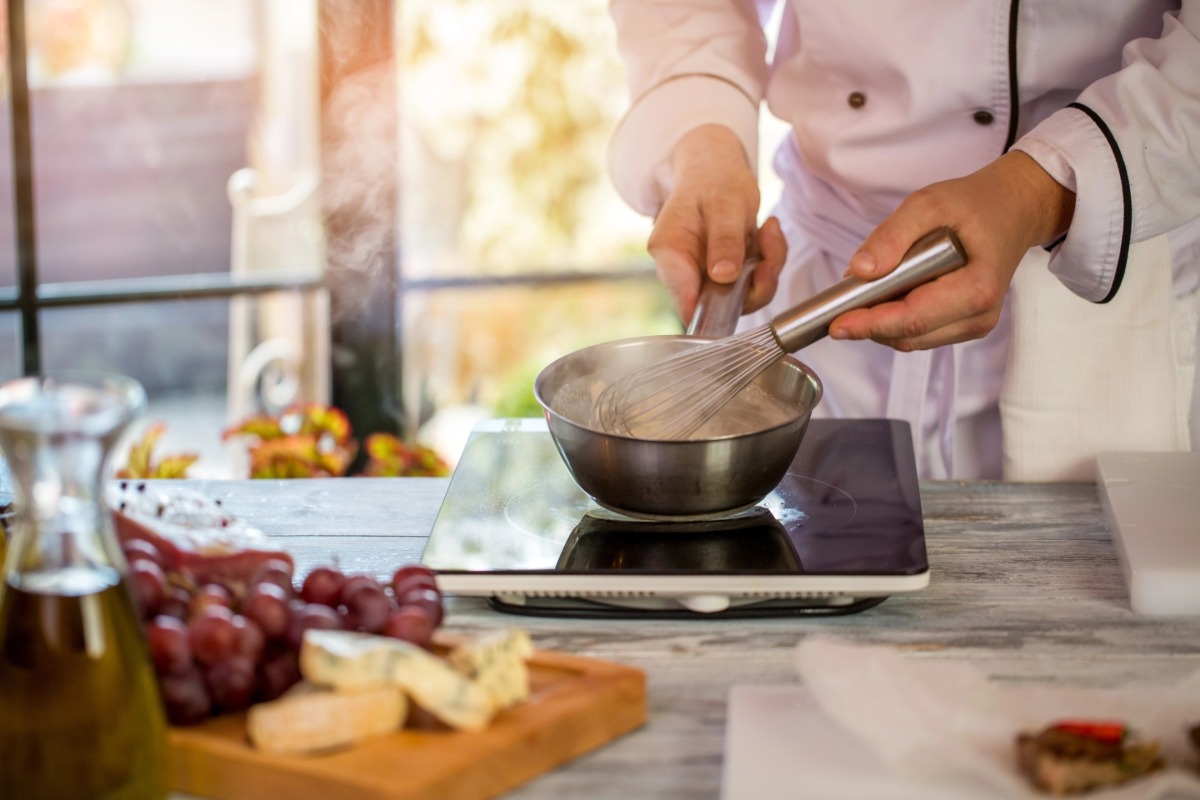
WANT TO SAVE THIS RECIPE?
At the last moment, chefs stir cold butter into sauces to create a silky sheen and luxurious mouthfeel. This simple move smooths out acidity and balances flavors with a rich, creamy finish. It’s a classic French technique that adds instant elegance.
Acid is their Flavor Weapon
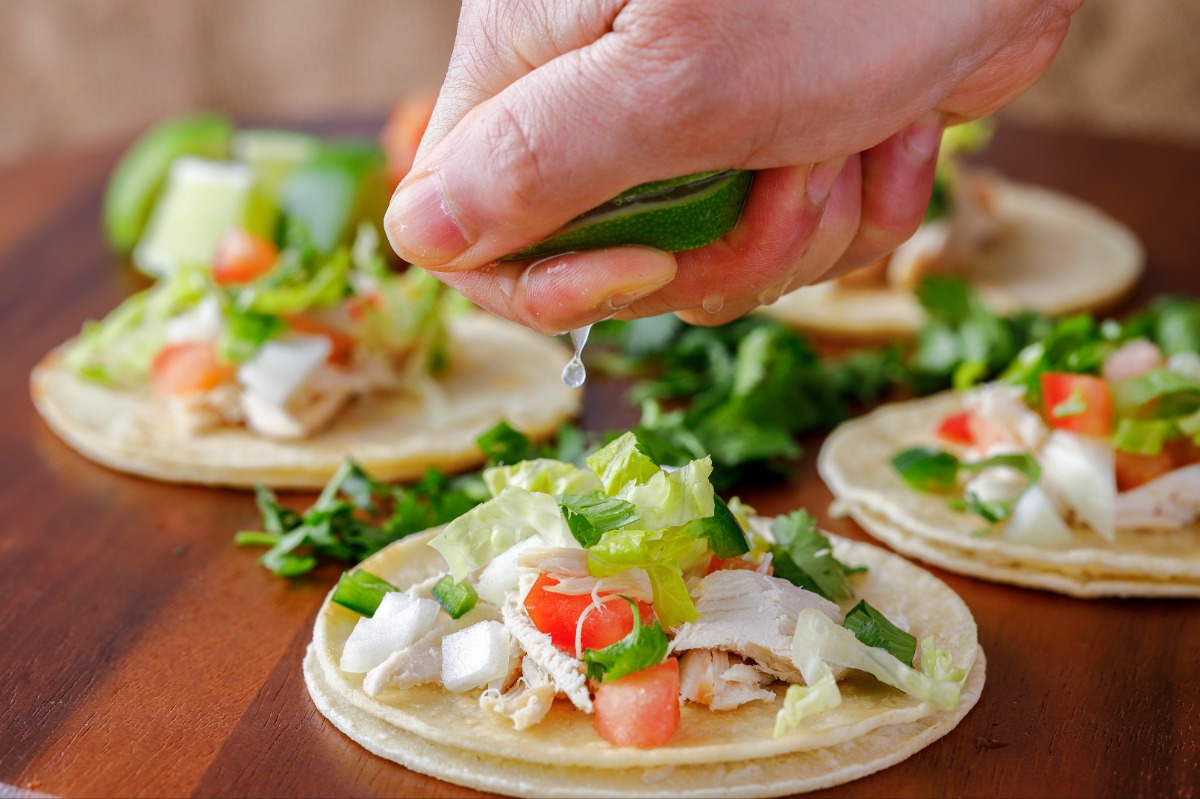
Lemon juice, balsamic vinegar, or even a splash of pickling liquid wakes up a dish in seconds. Chefs use acid to brighten flavors, cut through richness, and make ingredients pop. It’s the secret to why your salad or fish tastes so alive.
Their Vegetables are Blanched, then Shocked

Chefs briefly boil vegetables, then plunge them into ice water to stop cooking instantly. This locks in vibrant color, preserves crunch, and enhances natural sweetness. It’s why restaurant greens are bright, snappy, and never overcooked.
They Season in Layers, Not Just at the End
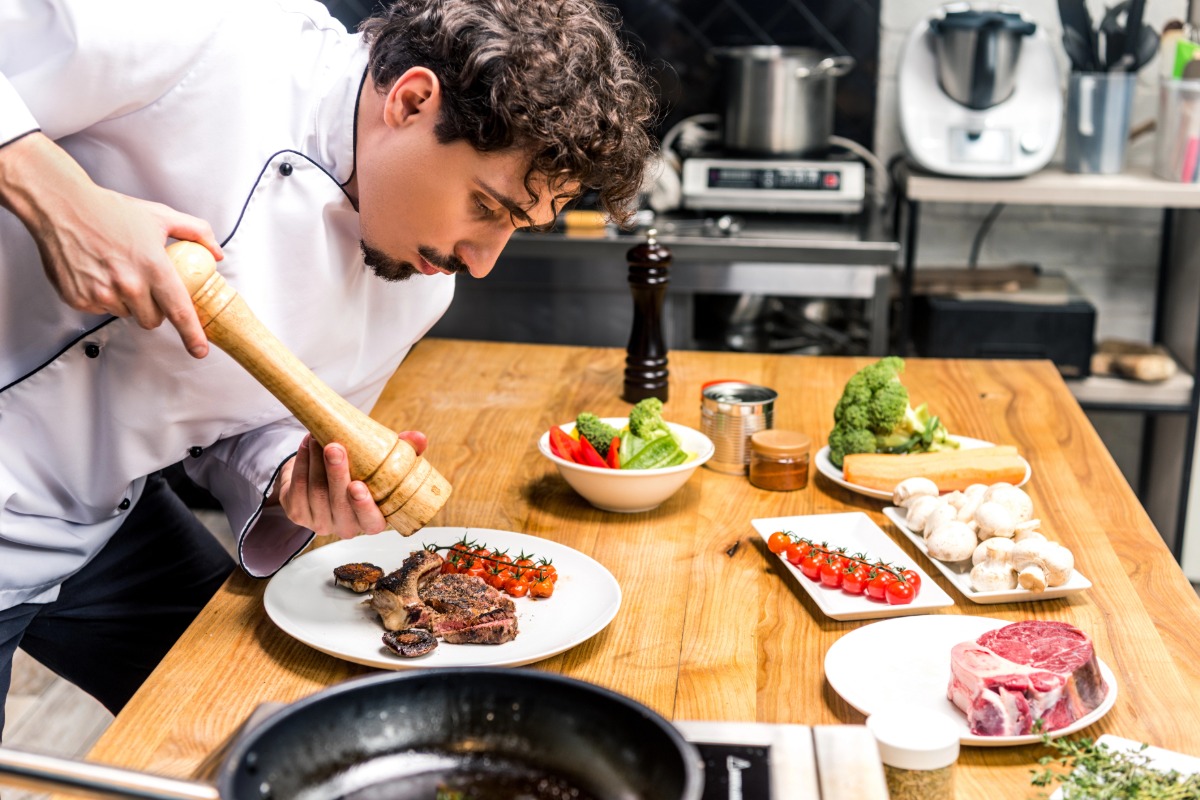
Salt and spices aren’t just for finishing; they’re added throughout every cooking stage. This builds layers of flavor and ensures even seasoning from start to finish. It’s how chefs make each bite perfectly balanced and deeply flavorful.
They Use Stock, Not Water, for Grains and Pasta

Instead of boiling grains or pasta in plain water, chefs use chicken, veggie, or seafood stock. This infuses subtle savory notes directly into the starch as it cooks. The result is more flavor without adding sauces or extra ingredients.
They Splash Dishes with Specialty Oils Before Serving

A final drizzle of chili oil, truffle oil, or herb-infused olive oil adds aroma and complexity. These finishing oils are never cooked, just added right before serving for bold, fresh flavor. It’s the quiet flourish that elevates a dish from good to unforgettable.
Related Post: 15 Canned Goods Boomers Still Buy That Gen Z Would Never Touch
They Use a Microplane for Surprise Bursts of Flavor

A micro plane grater shaves garlic, citrus, cheese, or spices into ultra fine flecks that melt into dishes. This technique intensifies flavor without overpowering the plate. It’s how chefs sneak in bold notes with perfect subtlety.
Related Post: 14 Breakfast Foods That Divide The Generations At The Table
They Build Umami with Fermented Ingredients
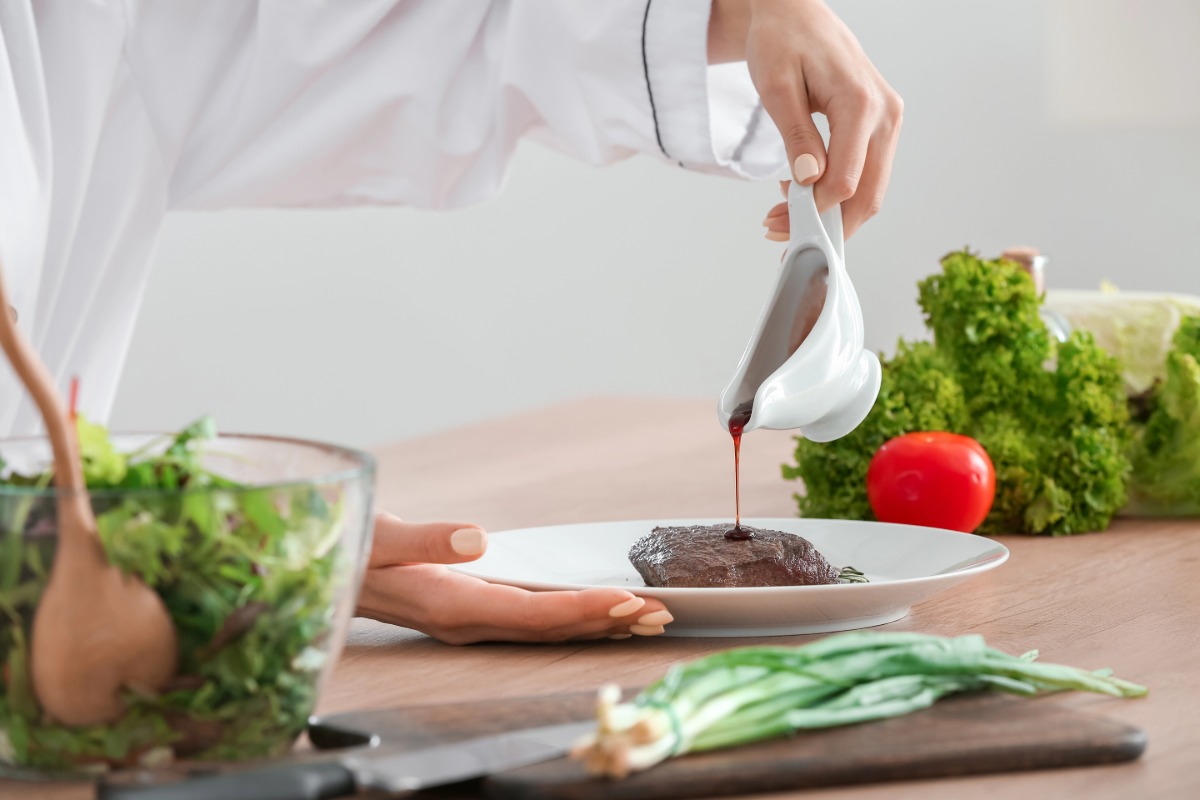
From a dash of soy sauce to a spoonful of miso, chefs use fermentation to deepen flavor. These ingredients enhance savory complexity without making the dish taste “fermented.” It’s the reason soups, sauces, and even dressings have so much body.
Related Post: 13 Regional Ice Cream Flavors Americans Are Road Tripping For
They Add a Crunch Factor for Texture Contrast
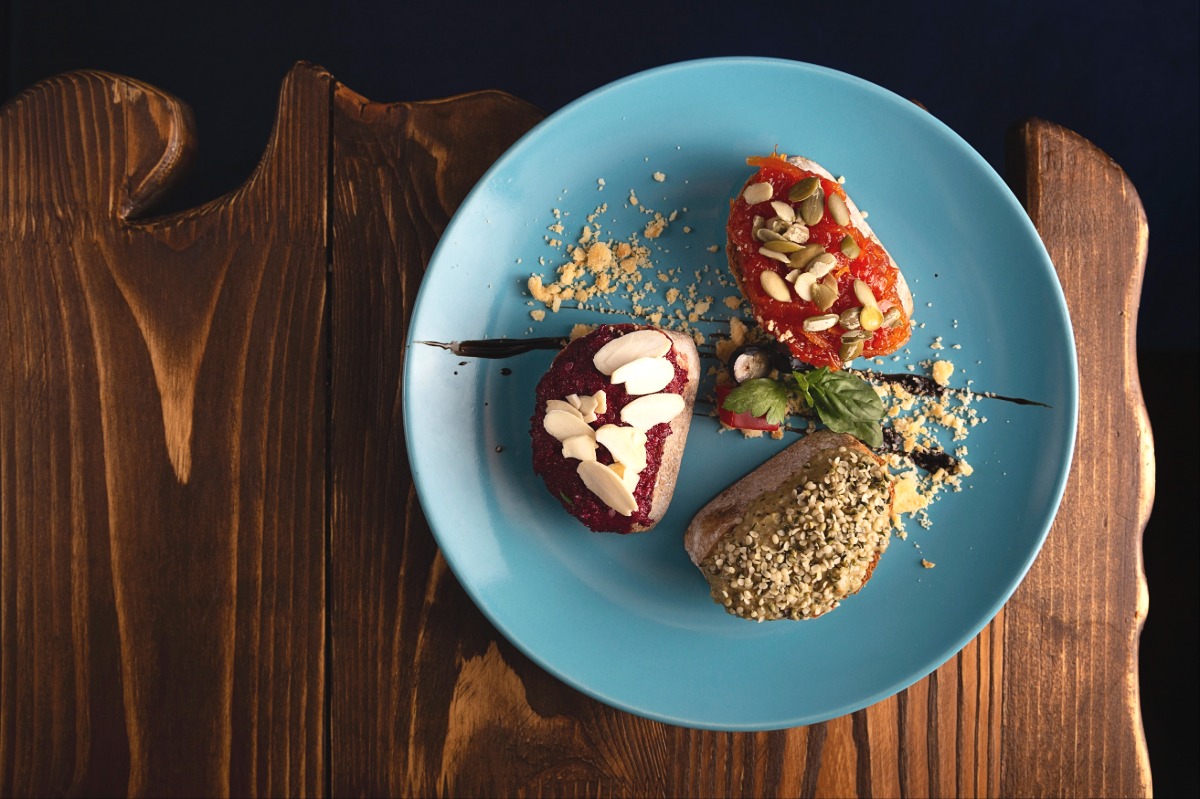
Chefs love to top dishes with crispy shallots, toasted nuts, or panko breadcrumbs. That bit of crunch creates contrast that keeps every bite interesting. It’s a small touch that makes dishes feel layered, dynamic, and satisfying.
Related Post: 13 Frozen Meals Millennials Made Cool That Boomers Always Trusted
They Marinate Meats with Yogurt or Buttermilk
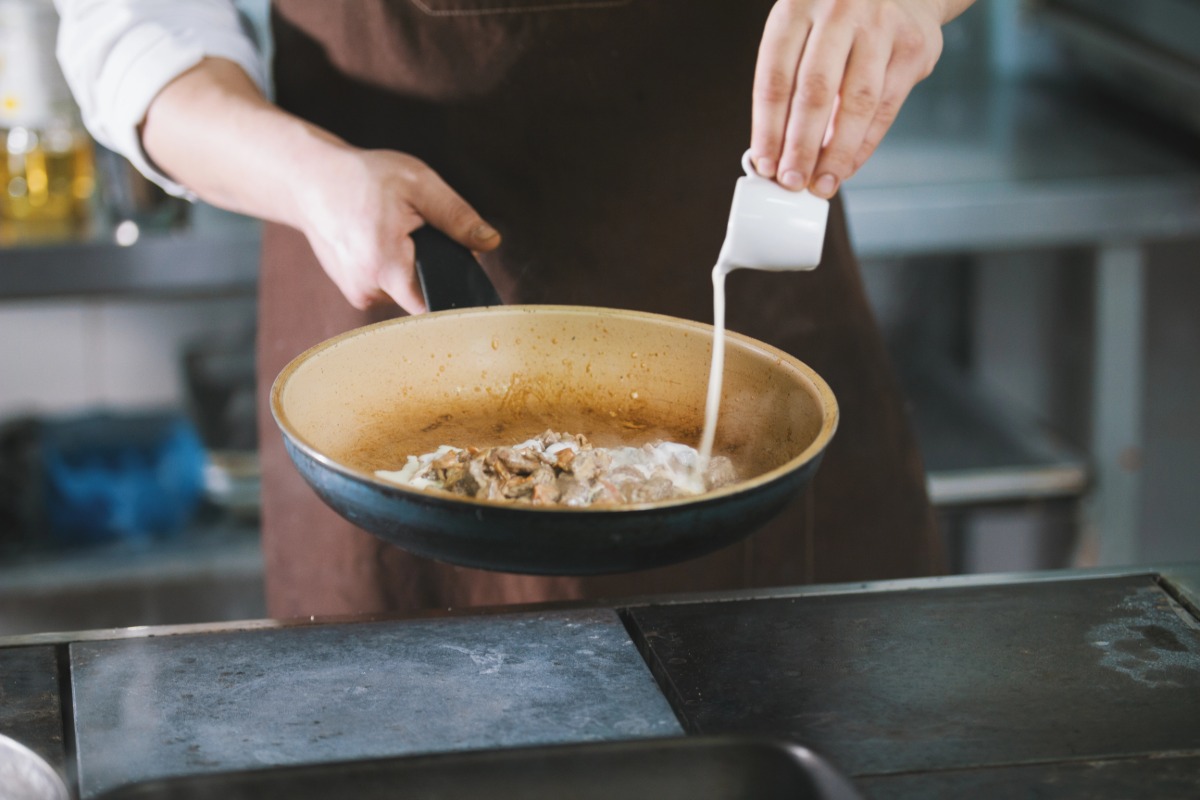
Chefs often use acidic dairy like yogurt or buttermilk to tenderize meat without drying it out. The gentle acids and enzymes break down tough fibers while keeping everything juicy. It’s a favorite trick for ultra tender chicken, lamb, and pork.
Related Post: 12 Childhood Snacks Boomers Loved That Are Now Trendy Again
They Toast Spices to Wake them Up

Before adding spices to a dish, chefs often toast them in a dry pan or oil to release their oils and deepen flavor. This quick step makes the aroma bloom and eliminates any raw bitterness. It’s how curry houses and bistros get those big, bold flavors.
Related Post: 14 Snacks Disappearing From Shelves That Everyone Will Miss
Sign up now to receive our exclusive e-cookbook filled with top-rated recipes for FREE!
They Use Citrus Zest, Not Just Juice

Lemon or lime juice adds acidity, but zest adds pure, fragrant citrus oil that chefs love for brightness. Just a pinch over pasta, salads, or grilled fish adds a fresh lift without extra liquid. It’s a simple touch that delivers maximum impact.
Related Post: 12 Canadian Ingredients That Are Turning Into Global Foodie Staples
What separates good food from unforgettable food is often what you don’t see. These chef secrets may be hiding in plain sight, but once you know them, you’ll never look at your plate the same way again, and maybe you’ll even try them at home.
Disclaimer: This list is solely the author’s opinion based on research and publicly available information.
14 Hidden Gems Where Chefs Eat On Their Day Off

Restaurants beloved by chefs are often lesser known, neighborhood spots serving honest, delicious food. These hidden gems are where the city’s top cooks look forward to unwinding.
Read it here: 14 Hidden Gems Where Chefs Eat On Their Day Off
How to Save $100+ Every Month at the Grocery Store

From planning your meals to avoiding sneaky upcharges in the snack aisle, here’s a realistic guide to trimming your food budget without adding stress to your week.
Read it here: Things Moms Waste Money On (and Don’t Even Know It)
Is Walmart+ Still Worth It in 2025? The Truth After 3 Years

Is the new Walmart Plus worth the annual fee or is it just another failed version of Amazon Prime? I spent my own money trying this service out for 12 months and counting. I have a lot to say about the benefits and drawbacks in this Walmart+ honest review.
Read it here: Is Walmart+ Worth It? Honest Review 3 Years Later!
You’ll love these related posts:
- 13 Fast Food Menu Items Millennials Made Go Viral First
- 15 Controversial Foods That Keep Sparking Gen Z Vs Boomer Debates
- 12 Plant Based Snacks That Boomers Are Secretly Loving
- 13 Unexpected Cities Where Groceries Are Now More Expensive Than Rent
- 15 Grocery Finds Only Available In Local Markets Across The Midwest
